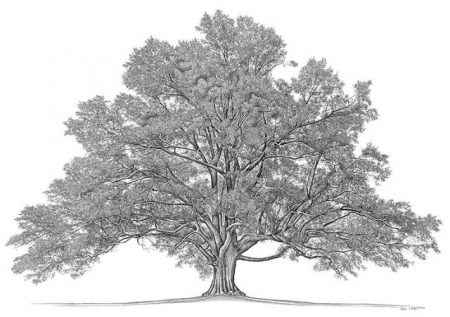Koseki Family Registry in Japan
by Japan PI
Kosek Family Registry
The Koseki family registry is an essential document for Japanese citizens, recording vital events like births, deaths, marriages, and divorces. However, it doesn’t include non-Japanese citizens. To access a Koseki record, you need to provide the permanent domicile (Honseki) and the family head’s name in Japanese script to the relevant city hall.
Juminhyo Residence Registry
The Juminhyo Residence Registry and the Koseki family registry are two separate systems in Japan. While the Koseki registry records vital family events, the Juminhyo registry specifically tracks an individual’s current and previous addresses, as well as their Honseki or VISA status and household information.
Certificate of Acceptance of Vital Records
Japan’s Family Registration Law mandates that both foreign nationals and Japanese citizens inform a municipal office of significant family events. Foreign residents in Japan are required to report family births and deaths. On the other hand, Japanese nationals must be notified about marriage, divorce, childbirth, and death. These details are documented in the Koseki registry for Japanese citizens, chronicling their family history throughout their lives. For non-Japanese citizens, relevant civil records, including marriage, adoption, divorce, or death, are available at the Municipal Office where the event was registered.
These documents are the certificates of acceptance of the respective event (e.g., marriage, divorce). The retention period for these records varies: marriage and adoption documents are kept for 50 years, whereas divorce and death records are preserved for 10 years.


All About Koseki Registry
Japan’s Koseki family registry system has undergone significant changes. Originally handwritten, it is now produced through computer printing and verified with an Inkan/Hanko stamp. Each Koseki record specifies the “head” of a family unit and their Honseki, a symbolic home address. To access a Koseki, knowledge of both these elements is essential.
Koseki records are maintained at municipal offices in the area of the Honseki. When an individual, other than the family head, marries and forms a new Koseki for their new family unit, this record includes the name of the original family head and the Honseki of their initial family’s Koseki.
In cases where a Japanese individual marries a foreign national, the Japanese person establishes a new Koseki, with the foreign spouse being included in this registry. Both the Koseki and Juminhyo residence registries contain detailed personal information, which is closely guarded for privacy.
It is customary for all members of a Koseki to have the same surname. In marriages between Japanese and non-Japanese individuals, the Japanese partner typically becomes the family head. However, there is an option for either spouse to adopt the other’s surname. Children remain listed on their parents’ Koseki until they marry and establish their own Koseki. In the event of a divorce, the child’s Koseki registration is transferred to the Koseki of the parent who has custody.
Honseki or The Permanent Domicile
In Japan’s family registry, ‘Honseki’ means the official ‘home place’ or main address of a person. It’s important to know that someone’s Honseki might be different from where they live now. Honseki is usually a place very special to someone, like where they were born, where their ancestors lived, or an important family place. The Honseki is like an address, but shorter, not including the very last part called ‘ban’. This address helps decide which local office looks after a person’s family records (Koseki) and where they should ask for any information about these records.
People can choose to move their Koseki records to where they live now. This makes their new place their Honseki. So, Koseki records can show all the different places someone has called their Honseki. Changing Honseki is up to the person and they can do it if they want to. But, they have to fill out forms, pay some money, and wait for a while. These records can’t be gotten online.
Honseki is more than just where someone lives. It’s about feeling connected to a place. For example, someone might live in a big city like Tokyo, but still think of their hometown or birthplace, like Kyoto, as their ‘real’ home. Honseki means a place that’s really important to someone’s heart or family history. Sometimes, people even choose special places, like the Imperial Palace, as their Honseki, because it means a lot to them.

